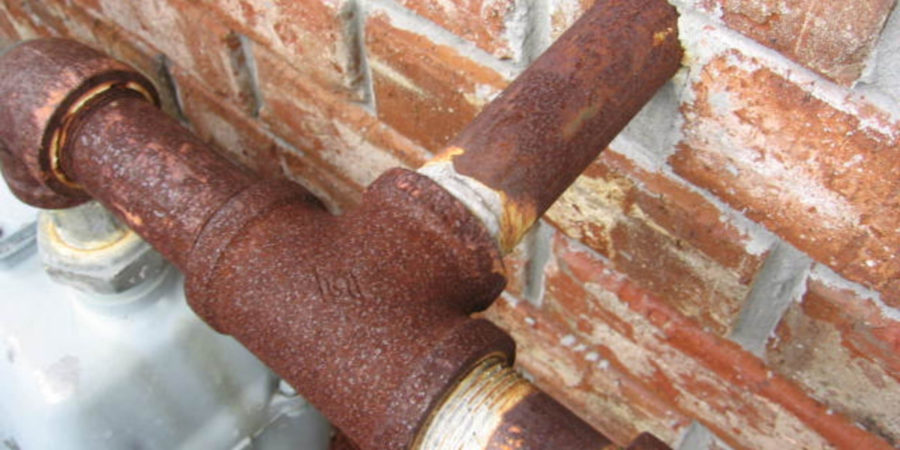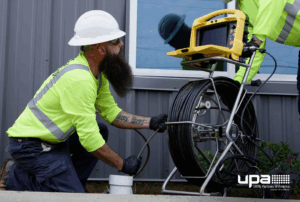If you’re a regular visitor to our blog, you might have caught part one of our leak detection series focusing on water. For today’s part two, we’re turning our attention to gas. The differences between water and gas leakage are stark in many ways. A gushing hydrant or cracked water main can push out gallons of water per minute, making it easy to spy a leak. Even tiny cracks can push water up to the surface, leading to swampy conditions.
On the other hand, methane (the predominant component of natural gas) is colorless, making it more complicated to detect. And while the most likely outcome with lost water is lost revenue, gas leaks can have catastrophic environmental ramifications. Join us as we continue our “All About Leak Detection” series, discussing signs, detection technology, and long-term effects of undetected gas leaks.
How gas leaks occur
In some cases, natural gas can be harmful to people and animals when there’s a leak, which underscores the importance of finding and fixing the leak quickly. The most common reason why a natural gas pipe would leak is because of disturbances caused by digging or excavating; however, age and corrosion can also cause a pipe to crack or burst, releasing its contents. Because methane is lighter than air, it can rise through the soil and reach the surface.
Related: Corrosion Surveys: Why are they Important?
Signs of a gas leak
When most people think of a gas leak, the smell is the first thing that comes to mind. Natural gas has a distinctive odor reminiscent of sulfur or rotten eggs. Chances are you’ll be able to smell a potential leak, but someone with a diminished sense of smell from a cold or allergy condition could miss it. Additionally, gas odor fades over time, and exposure to other smells can dilute the scent.
Related: Effects of Undetected Water and Gas Leaks
The landscape provides clues as well when underground gas leaks into the surrounding soil. This type of leak is likely to leave dead or dying grass in the immediate area. Additionally, heavy leaks can produce bubbling at the surface or a hissing sound.
Technology used in gas leak detection
Non-dispersive infrared sensors (NDIR) have been widely used for gas leak detection for some 60 years. NDIR sensors use infrared light to look for different wavelengths as they become absorbed by gases. An NDIR compares how infrared light travels through different filters, and contrasting the differences to determine if a leak is present. Other sensors used for leak detection include pellistor/catalytic bead sensors that can monitor for a broad swath of gases, including hydrogen, which the NDIR can’t do.
A more recent evolution is the molecular property spectrometer, a technology that marries the best of NDIR and pellistor sensors. The biggest advantage to these devices is that they’re ideal for mixed gas environments and have a relatively long shelf life.
Related: Minimizing Damage When You Spring a Leak
Effects of a gas leak
People are generally aware that they need to avoid areas with a gas leak; it’s a known health hazard. But, what about effects on the environment? Methane is a greenhouse gas that has a significant impact on climate change. When methane enters the atmosphere, it absorbs warmth from the sun and releases heat. In fact, the Environmental Defense Fund says that “at least 25% of today’s global warming is caused by man-made methane emissions.” In addition, methane contributes to smog, which can irritate respiratory conditions like asthma and make it hard for some people to breathe comfortably. Humans and the environment both need protection from gas leaks.
Related: Smart Cities: Tomorrow’s Technology Today
Utility Partners of America understands gas leak detection
Given the impact of uncontrolled methane gas on the environment, utilities should have dedicated plans in place to find and curtail leaks. For many, that plan includes aligning with someone like Utility Partners of America (UPA) to handle leak detection. If you’d like to learn more about UPA gas leak detection services, contact us today.




